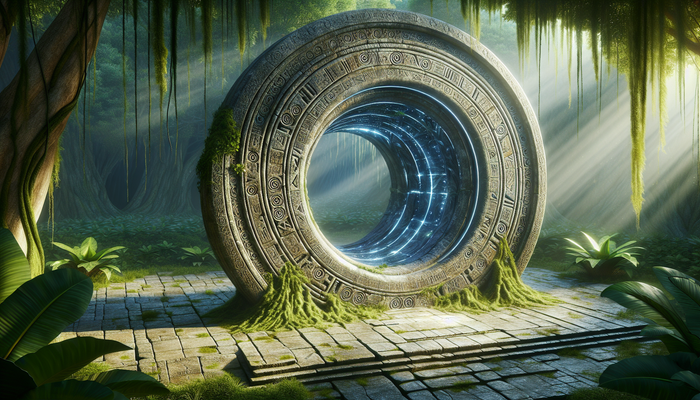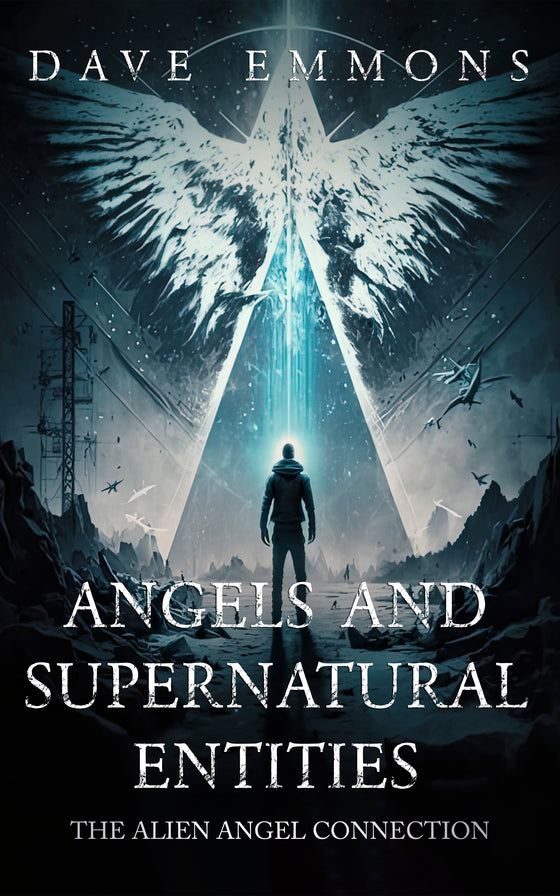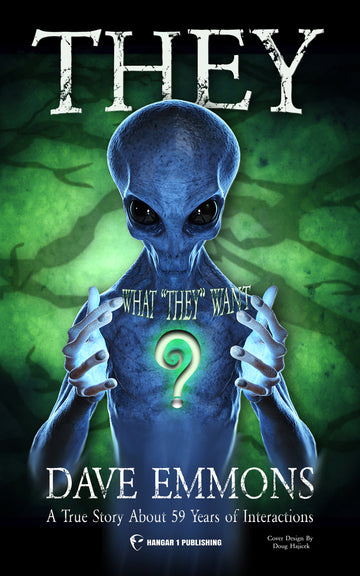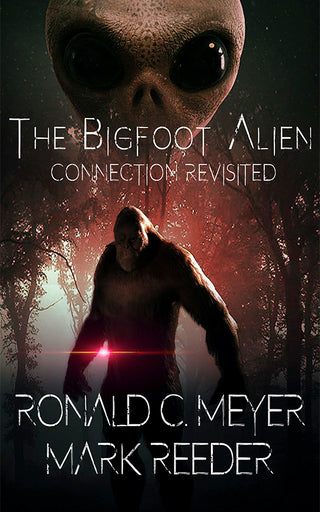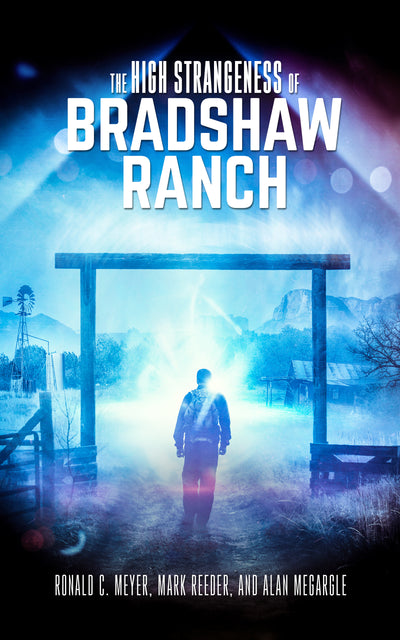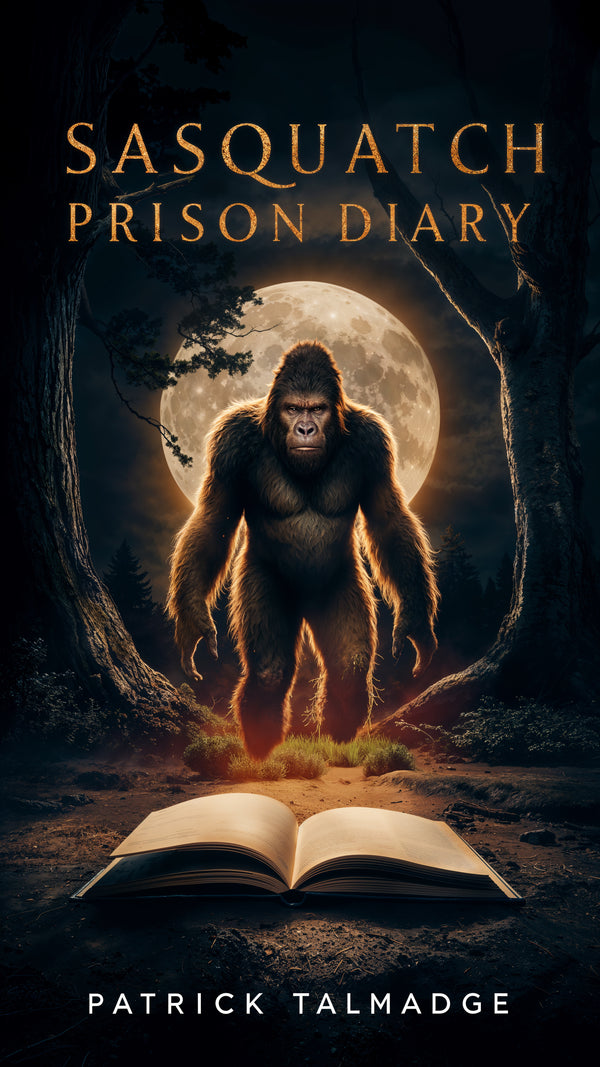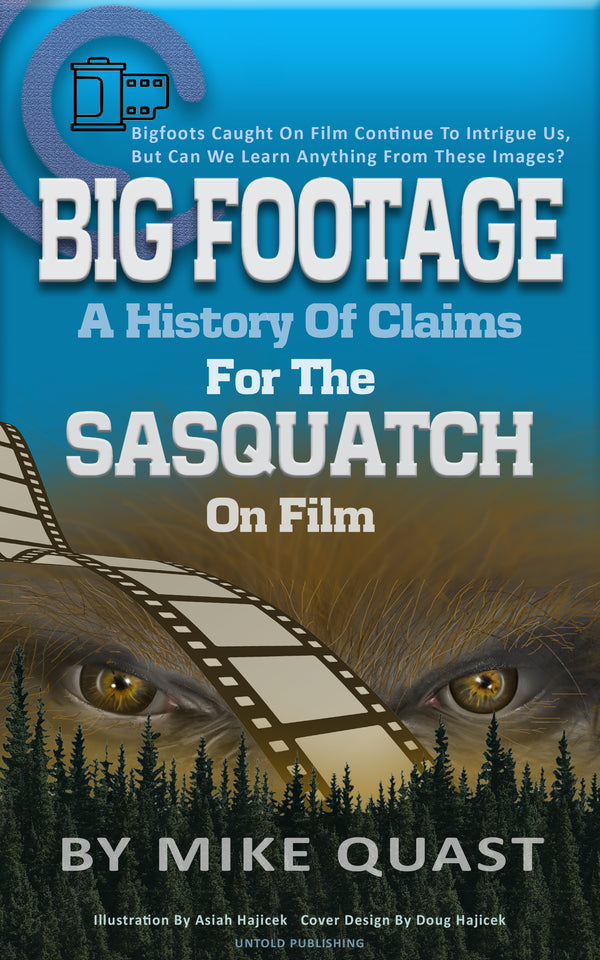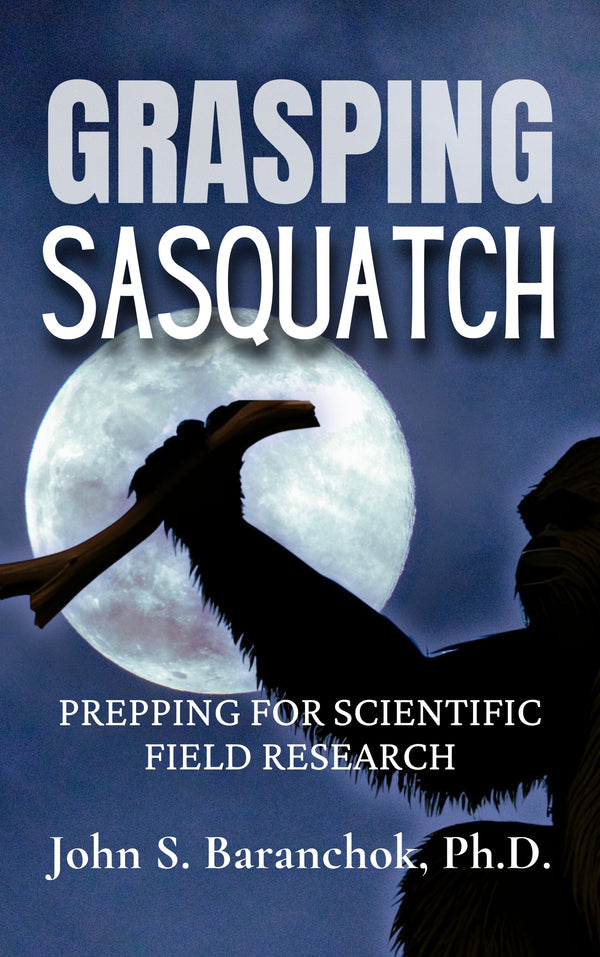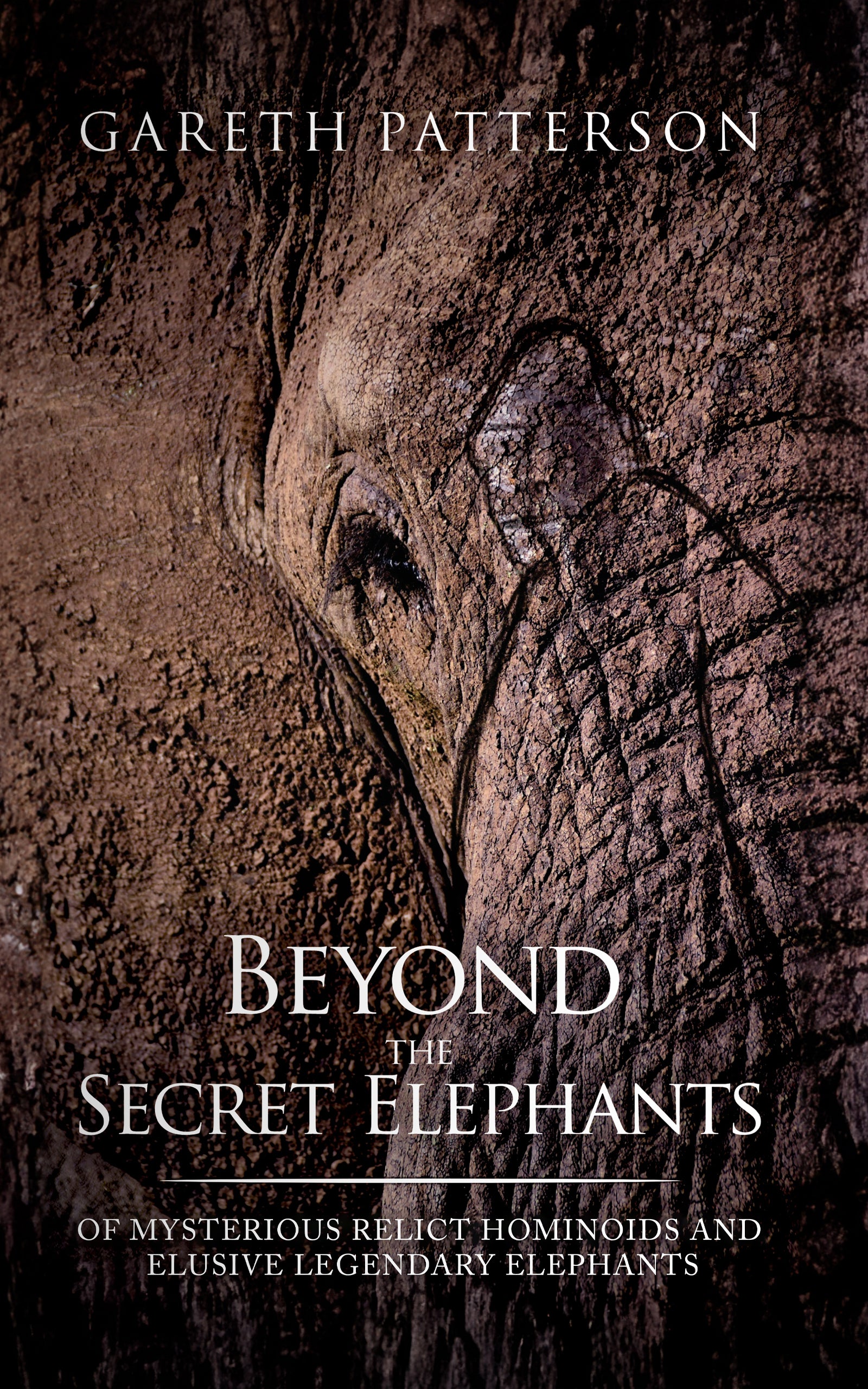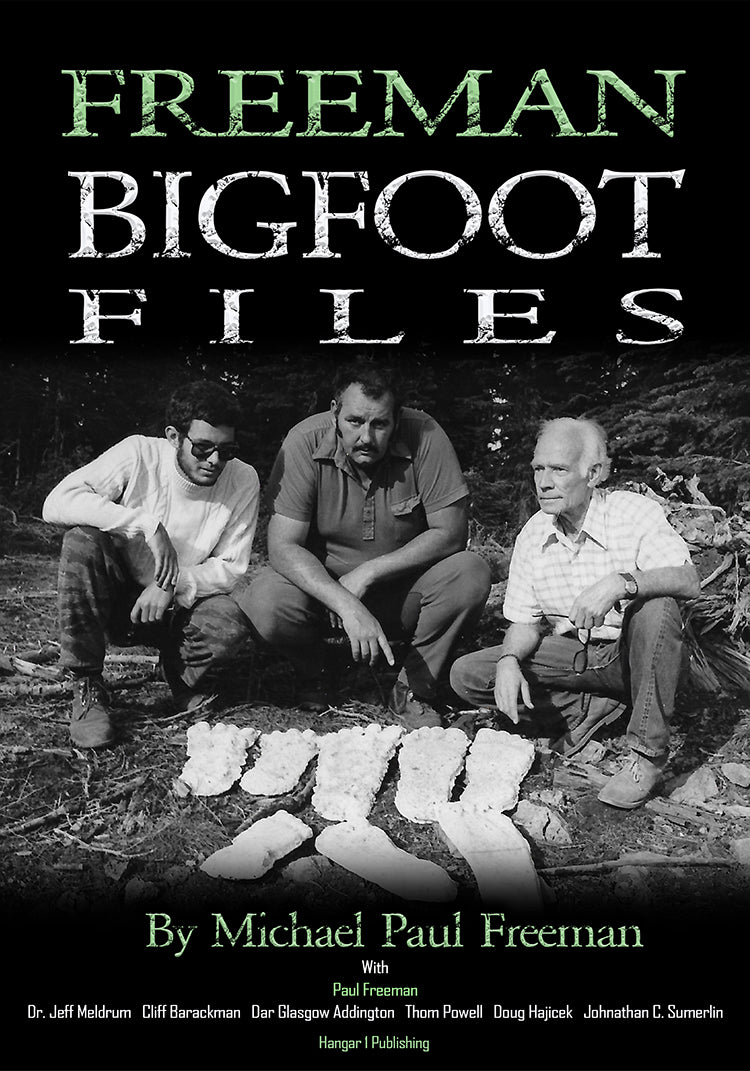Cloud UFO Sightings: Separating Atmospheric Phenomena from Genuine Anomalies

By Malcolm Blackwood, Ufologist
I've spent three decades pulling government documents and cross-referencing UAP reports. If there's one thing that jumps out from the files, it's this: clouds cause more confusion than almost any other factor in this field. But here's what keeps me digging through those FOIA responses - a small percentage of cloud-related cases resist every conventional explanation, even after you've ruled out the obvious stuff.
Let me walk you through what I've learned about separating the wheat from the chaff.
What We're Actually Talking About
When researchers say "cloud UFO sighting," we're not talking about one thing. The cases break into four distinct categories, and understanding this matters if you want to separate signal from noise.
First, you've got objects moving into, out of, or alongside clouds. These give you a reference point - something you can use to estimate size and distance. Second, objects appearing to emerge from clouds or revealed when cloud formations dissipate around them. Think of those old cigar-shaped mothership reports where smaller objects allegedly launched from a larger formation.
Third - and this is where it gets speculative - objects that might disguise themselves as clouds through plasma sheaths or vapor venting. The theory shows up repeatedly in ufological literature, though I've yet to see hard evidence that survives scrutiny.
Fourth, and by far the most common: natural cloud formations misinterpreted as structured craft. This is where lenticular clouds and optical effects create the majority of reports.
The databases handle this differently. NUFORC relies on witness descriptions and keyword searches. GEIPAN in France uses structured meteorological fields. That difference shows up when you try to do large-scale analysis - NUFORC gives you volume, but GEIPAN gives you better categorization.
The Usual Suspects: Cloud Formations That Fool People
You want to cut through 70% of cloud-related reports? Learn to recognize these formations. I keep a reference guide taped to my office wall because even after all these years, a dramatic photo can still make me look twice.
Lenticular clouds top the list. They're lens-shaped, often stacked like pancakes, and they sit stationary over mountains despite strong winds blowing through them. Mountain states like Colorado and Washington see these constantly. People spot them, assume anything stationary must be hovering under power, and file a report. The NUFORC gallery is loaded with these.
Fallstreak holes create another pattern. Aircraft pass through supercooled cloud layers, triggering ice crystal formation that punches a circular or elliptical hole in the clouds. The Bergeron process does the rest - you get these dramatic circular voids that people interpret as portals or ships breaking through. NASA's documented these from space, and they're completely explainable, but the visual impact is stunning.
Then you've got mammatus clouds - those pouch-like protrusions hanging from thunderstorm anvils - that people see as the underside of massive craft. Shelf clouds from gust fronts. Noctilucent clouds at high latitudes that shimmer in twilight. Each has a predictable formation mechanism, but catch them at the right angle with the right lighting and I understand why people call them in.
Optical Geometry: When Light Plays Tricks
Here's where it gets interesting. Light refracting through ice crystals creates halos and sundogs - bright spots appearing roughly 22 degrees from the sun. Your outstretched hand at arm's length covers about 20 degrees, so you can field-check this yourself. The position stays fixed relative to the sun, not the landscape. That's your diagnostic.
Glories are concentric rings around your shadow on clouds, always centered on the anti-solar point. Coronas are smaller colored rings directly around the sun or moon. The physics is solid, the explanations are available, but catch these phenomena without knowing what you're looking at and your brain wants to see something artificial.
The parallax problem compounds everything. AARO's documented this extensively - a distant stationary object like a lenticular cloud appears to move against even more distant clouds when you're in a moving vehicle. Your brain interprets this as high-speed travel. I've seen dozens of reports that fall apart once you account for the observer's motion.
Cases Worth Examining
Let's look at what the files actually show, starting with the ones that got resolved and moving toward what still bothers me.
The Chicago O'Hare Incident
November 2006. Multiple United Airlines employees - pilots, mechanics, management - observed a dark grey disc hovering over Gate C-17. Watched it for several minutes before it shot upward, punching a clean circular hole through the cloud deck at 1,900 feet.
The FAA dismissed it because radar didn't track anything. But here's what I dug up: that hole-punch pattern matches aircraft-induced fallstreak holes. A plane ascending or descending through supercooled clouds triggers the ice crystal cascade. The problem? No confirmed aircraft at that exact location and time. The witness testimony remains solid, the hole was photographed, but the mechanism that should explain it has a timing gap.
That's the kind of case that keeps you looking.
Aguadilla, Puerto Rico
April 2013. Department of Homeland Security thermal imaging from an aircraft tracks an object moving at speeds up to 100 mph, transitioning from air into ocean. The Scientific Coalition for UAP Studies published detailed analysis - high-quality data from a Wescam MX-15D camera in the 3-5 micron infrared band.
The counter-explanation? Wedding lanterns with apparent speed and maneuvers being parallax artifacts against the cool ocean and cloud backdrop. The TAF from Rafael Hernández Airport reported few clouds at 2,000 feet that evening.
I've watched both analyses. The thermal signature behavior remains contested. Without ground truth or multiple sensors, you're stuck arguing interpretation. That's the frustration with even good data - single-sensor captures leave too much room for alternative explanations.
The SpaceX Effect
December 22, 2017. SpaceX launched a Falcon 9 at twilight from Vandenberg. The exhaust plume, illuminated by the setting sun against a darkening sky, created a spectacular glowing jellyfish visible across California. NUFORC got flooded with reports.
This pattern repeats. Look at global orbital launch numbers - we went from 78 launches in 2009 to over 220 in 2023, with SpaceX accounting for nearly half. Each twilight launch generates a wave of reports. The 2009 Norway spiral from a failed Russian missile test is another classic example.
The data tells you something important: spikes in UAP reports correlate with launch schedules. Any serious database analysis needs to control for this.
What The Numbers Actually Show
I've cross-referenced enough databases to spot patterns. The 2023 RAND analysis of over 100,000 NUFORC reports found something counterintuitive - a 1.6% increase in sightings for every 1% increase in cloudy days. You'd expect the opposite, right? Clouds should obscure things.
But a separate peer-reviewed study of 98,000 reports found no credible statistical relationship between cloud cover and sightings. The effects might cancel out - clouds limit visibility but also create dramatic formations and scatter light in ways that trigger reports.
Meanwhile, AARO's military data shows 70% of closed cases resolving as balloons and 16% as drones. None attributed to clouds. That's because military sensors and trained observers handle atmospheric effects better than the general public.
The smartphone era changed everything. Pre-2010, reports spread slowly through forums and websites. Post-2010, a SpaceX launch goes viral in minutes on Instagram and TikTok. You get massive volume and real-time multi-perspective data, but also information cascades where context disappears. Plus, social platforms strip EXIF metadata - the timestamps, GPS coordinates, and camera settings that let you verify footage.
Where Reports Cluster and Why
Pull up a kernel density map of NUFORC reports and you'll see clear geographic patterns. But before you declare these hotspots, you need to control for confounders.
The Rocky Mountains, Andes, Alps - anywhere with orographic features that create mountain wave clouds - these areas generate disproportionate reports of lens-shaped objects. It's not aliens preferring mountains. It's predictable meteorology creating visual phenomena that people misidentify.
Population density matters, but not the way you'd think. Some studies show higher per-capita reporting in rural areas. Light pollution shows negative correlation - darker skies mean more reports. Proximity to air traffic shows strong positive correlation. And here's the big one from RAND: proximity to Military Operations Areas is the strongest correlate. People are seeing military craft and calling them in.
You can't declare a geographic area a genuine hotspot until you've controlled for all of these. Otherwise, you're just mapping where humans live and where they have access to the sky.
How To Actually Investigate These Reports
After 30 years of document requests and case reviews, I've developed a triage system. You need to move fast on the prosaic explanations to preserve resources for the genuinely strange cases.
The First Hour
Timestamp and location first. Check launch schedules immediately. SpaceX, Rocket Lab, ULA - if there's a launch or reentry matching the time and location, you're done. Check satellite trackers like Heavens-Above for ISS passes and Starlink trains. Pull up ADS-B Exchange for aircraft. Check weather balloon launches on SondeHub.
This catches maybe 40% of reports right away. Rocket plume, bright satellite, conventional aircraft, radiosonde balloon. Log it and move on.
The Meteorology Check
Pull the METAR and TAF from the nearest airport. Cloud layers, base height, visibility - this is ground truth. Review NEXRAD radar data for precipitation or anomalous propagation. Check GOES satellite imagery - the GeoColor product is perfect for identifying cloud types.
Use the sun and moon position to check for optical phenomena. A 22-degree halo, sundogs, crepuscular rays - these account for another significant chunk of reports.
You're now at maybe 70% resolution rate.
The Evidence Forensics
For the remaining cases with photos or video, break out the forensic tools. ExifTool checks metadata integrity. Look for the "Software" tag that indicates editing. Analyze video frame-by-frame for compression artifacts, lens flare, rolling shutter effects.
If you've got multiple videos, attempt triangulation. Single moving camera? Analyze parallax carefully against cloud layers and ground features. The thermal signature behavior needs special attention - hot objects behave differently than reflected light.
Request original files directly from witnesses when possible. Social media downloads are compromised data.
What's Coming: Better Tools For Better Data
The biggest shift happening right now is hardware. After decades of relying on lucky snapshots and military sensor data, dedicated ground-based UAP observatories are being built.
The Galileo Project at Harvard is deploying observatory suites with synchronized multi-modal sensors. All-sky cameras in visible and infrared. Ceilometers to measure cloud base height and composition. Spectrometers to analyze light spectra. Weather stations providing METAR-equivalent data. ADS-B receivers tracking all known aircraft.
The critical innovation is the ceilometer. You finally get definitive range-to-cloud measurements and can distinguish ice from water in the cloud structure. That's been a blind spot forever - trying to judge whether something is in, behind, or in front of clouds based on visual appearance alone.
Sky360 is building an open-source version that enthusiasts can deploy themselves. UFODAP provides plans for automated surveillance stations. We're moving toward a distributed sensor network that captures high-fidelity, multi-layered data instead of ambiguous cell phone videos.
What NASA and AARO Are Saying
The 2023 NASA UAP study laid it out clearly: environmental data isn't optional. The panel emphasized using NASA's Earth-observing satellites and the NEXRAD radar network to distinguish objects from atmospheric clutter. The lack of calibrated data and metadata was identified as the primary obstacle to conclusive findings.
AARO's mission focuses on potential threats to safety and security. Their finding that 70% of recent closed cases were balloons or airborne clutter underscores how much weather and wind matter. But they also noted that many military videos lack essential meteorological metadata - cloud layers, visibility, radar data.
NARCAP's been arguing for years that UAP represent aviation safety hazards. Their technical reports document weather and cloud conditions during pilot encounters because that's fundamental to safety analysis. The O'Hare case, the 2007 Alderney sighting near haze layers - the meteorological context matters.
France's GEIPAN can't explain 31.4% of their cases, but that's often because of insufficient data. Not because the objects are inexplicable - because the reports lack the detail needed to test explanations.
Why Witnesses See What They See
You can't ignore the cognitive side. Pattern recognition is hardwired into humans. Show someone a dramatic cloud formation and their brain wants to find structure, intention, agency.
Medieval Irish annals describe aerial ships with anchors catching on church steeples. Daoist tradition features immortals riding clouds. Hindu texts describe Vimanas - flying palaces moving through clouds. These aren't modern ideas. They're ancient archetypes.
When someone unfamiliar with meteorology sees a lenticular cloud stack over Mount Etna, their brain reaches for the closest cultural reference. In 2024, that's often Independence Day-style motherships. The meme spreads on social media, more people label similar formations as motherships, and you get a feedback loop in the databases.
This doesn't mean every witness is unreliable. It means our brains interpret ambiguous stimuli through available frameworks. That's why investigator interview technique matters. Leading questions contaminate data. You need open-ended prompts and the cognitive interview method to get clean observations separated from interpretation.
The Cases That Don't Resolve
Here's what keeps me filing FOIA requests: even after rigorous triage, a small core of cases resists explanation. The environmental analysis can't explain everything away with light pollution and air traffic patterns.
The Aguadilla thermal footage remains contested. The Chicago O'Hare hole-punch has that timing gap. Some of GEIPAN's PAN D category cases showing cloud interactions don't fit conventional explanations after investigation.
Maybe better sensors will resolve these. Maybe the new Galileo Project observatories will capture a genuinely anomalous cloud-penetrating event with full meteorological context, spectral data, and range information. Or maybe the residual percentage will shrink further as we get better at accounting for plasma effects, rare optical phenomena, and sensor artifacts we don't fully understand yet.
But the documents show this much: the percentage exists. It's small. It's persistent. And it deserves the same rigorous analysis we apply to everything else.
What Researchers Should Do Next
If you're serious about this field, learn the meteorology first. Study the WMO International Cloud Atlas. Understand cloud classification. Get familiar with optical phenomena. Most importantly, learn to pull and interpret METAR data, satellite imagery, and radar archives.
Join or support the open-source sensor projects. Sky360 needs community testers. The data infrastructure needs work - we need a standardized schema across databases with mandatory meteorological fields. The smartphone apps need to auto-capture and preserve full metadata instead of letting platforms strip it.
Submit FOIA requests. Get the documents. Cross-reference official records with public databases. Look for the patterns. The answers - or at least better questions - are in there.
And when you're investigating a cloud-related sighting, remember this: your job isn't to believe or debunk. Your job is to systematically eliminate explainable possibilities using verifiable data. What remains after that process - if anything - that's where the interesting work begins.
From Bigfoot to UFOs: Hangar 1 Publishing Has You Covered!
Explore Untold Stories: Venture into the world of UFOs, cryptids, Bigfoot, and beyond. Every story is a journey into the extraordinary.
Immersive Book Technology: Experience real videos, sights, and sounds within our books. Its not just reading; its an adventure.




